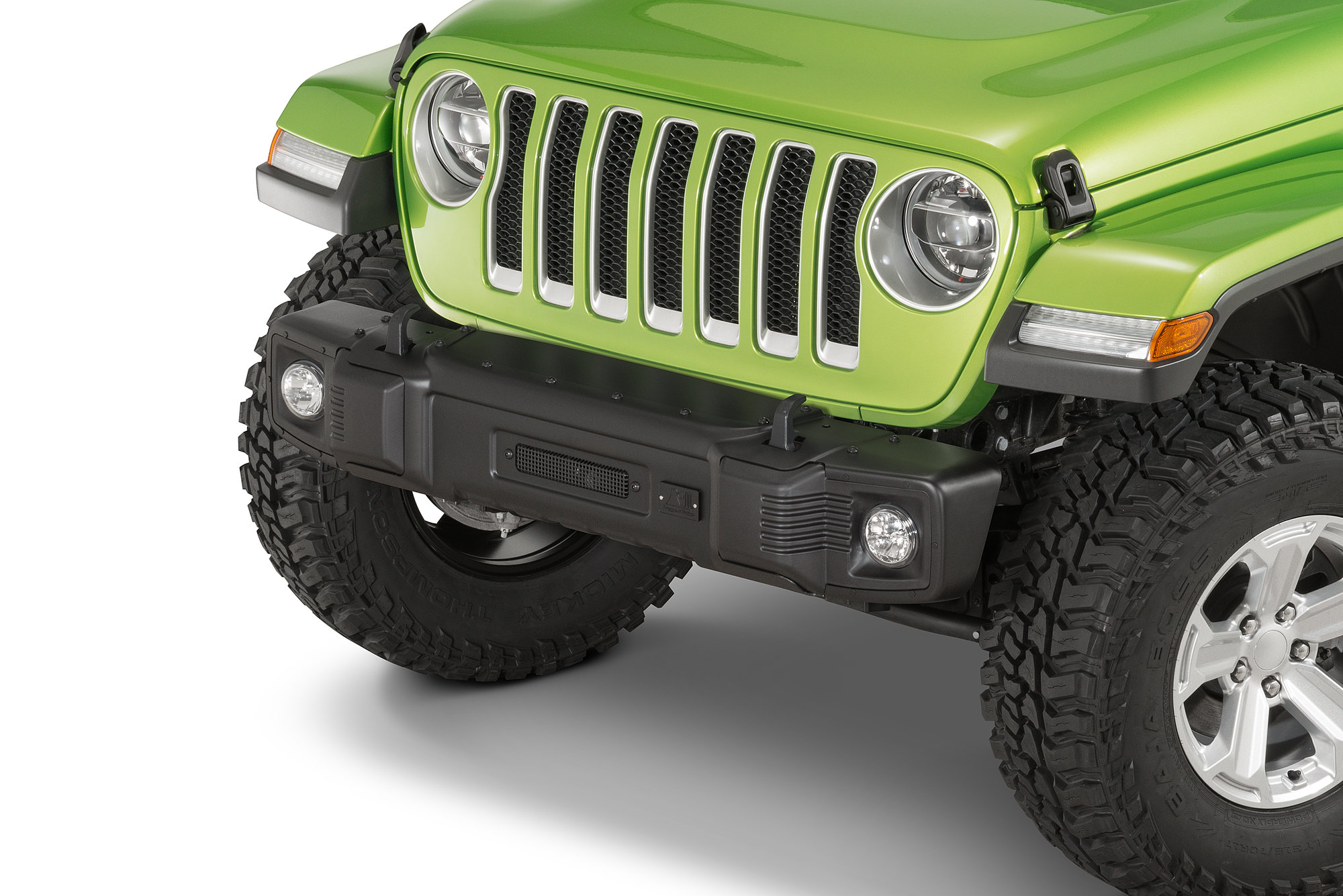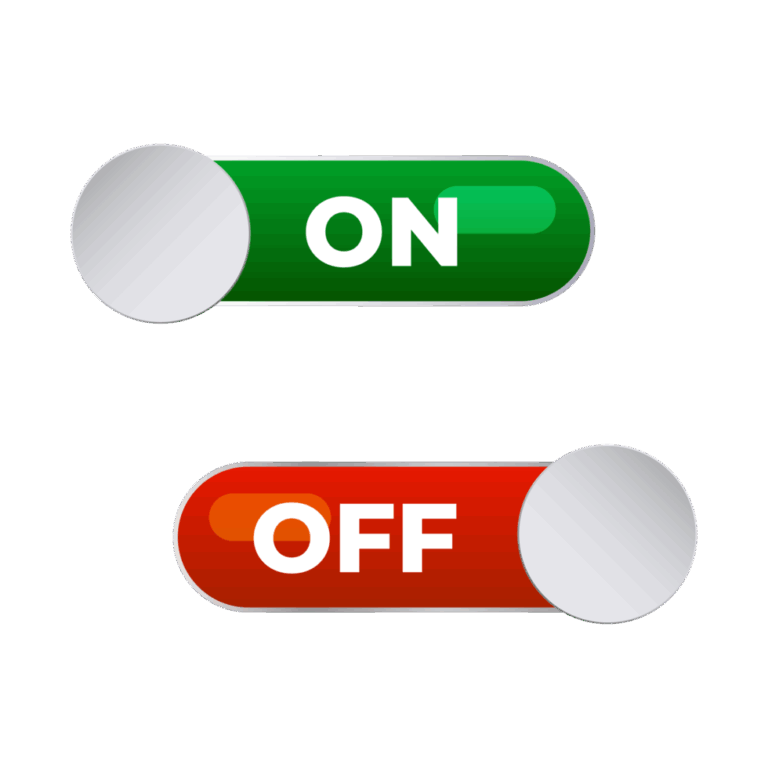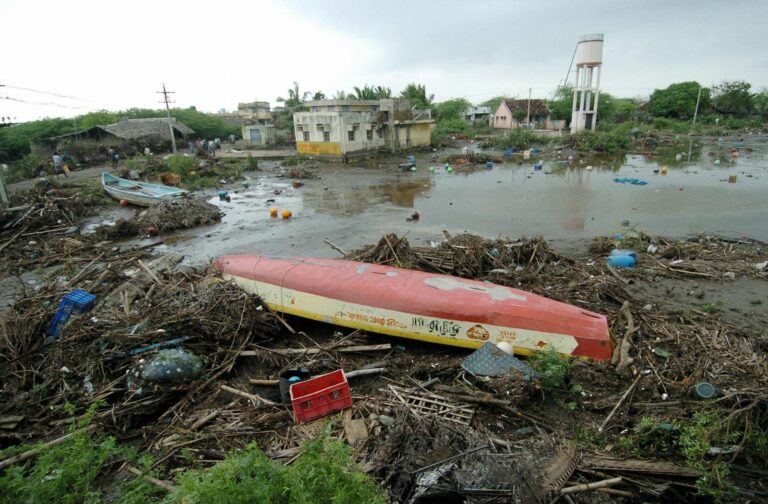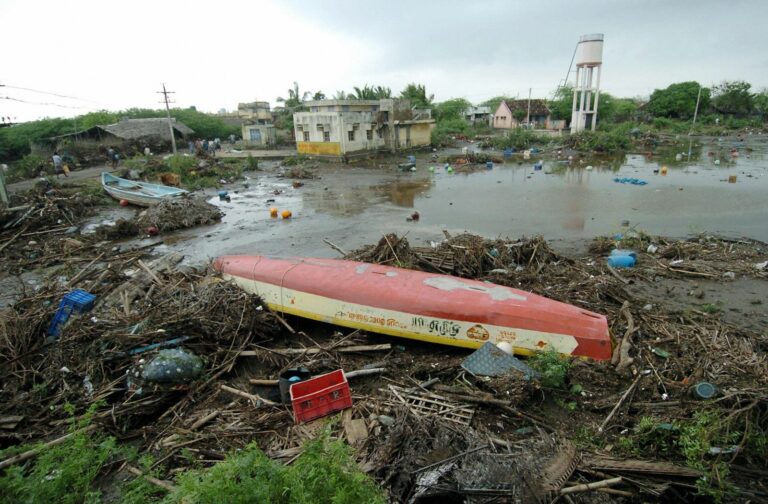Jeep Wrangler Bumper For Sale: A Comprehensive Guide to Upgrading Your Rig
Jeep Wrangler Bumper For Sale: A Comprehensive Guide to Upgrading Your Rig /jeeps.truckstrend.com
The Jeep Wrangler isn’t just a vehicle; it’s a lifestyle, an icon of adventure, and a canvas for personalization. For many Wrangler owners, one of the first and most impactful upgrades is the bumper. Whether you’re looking to enhance protection, add functionality, improve aesthetics, or replace a damaged factory unit, navigating the vast market of "Jeep Wrangler Bumper For Sale" can be overwhelming. This comprehensive guide aims to demystify the process, offering insights, practical advice, and a clear roadmap to help you find the perfect bumper for your beloved rig.
A bumper on a Jeep Wrangler is far more than just a piece of metal bolted to the front or rear. It’s a critical component that serves multiple purposes: it protects vital vehicle components during off-road excursions or minor impacts, provides essential recovery points, often houses winches and auxiliary lighting, and significantly contributes to the vehicle’s overall aesthetic and stance. Understanding the nuances of the available options is key to making an informed decision that perfectly aligns with your driving habits, off-road aspirations, and budget.
Jeep Wrangler Bumper For Sale: A Comprehensive Guide to Upgrading Your Rig
Why Upgrade or Replace Your Jeep Wrangler Bumper?
The decision to seek out a new Jeep Wrangler bumper is often driven by a combination of factors, ranging from practical necessity to pure desire for customization.
- Enhanced Protection: Factory bumpers, while adequate for street use, offer limited protection against the rigors of off-roading. Aftermarket bumpers are typically constructed from thicker, more robust materials like steel or aluminum, designed to withstand impacts from rocks, trees, and other obstacles encountered on the trail. They protect your grille, headlights, radiator, and other crucial front-end components.
- Increased Functionality: Many aftermarket bumpers are designed with specific utilities in mind.
- Winch Mounts: Essential for self-recovery or assisting others on the trail.
- Recovery Points: Integrated D-ring shackles provide secure attachment points for tow straps and recovery ropes.
- Light Mounts: Dedicated tabs or cutouts for auxiliary LED lights, light bars, or fog lights dramatically improve visibility in challenging conditions.
- Tire Carriers (Rear Bumpers): Relocate larger spare tires from the tailgate, reducing stress on the hinges and allowing for bigger tire sizes.

- Improved Aesthetics and Customization: A new bumper can drastically change the look of your Wrangler, giving it a more aggressive, rugged, or refined appearance. With a myriad of styles, finishes, and designs available, you can truly personalize your Jeep to reflect your unique taste.
- Damage Replacement: Accidents, even minor ones, or severe trail impacts can necessitate a bumper replacement. Upgrading to an aftermarket option at this point makes practical sense, offering superior protection and features over a stock replacement.
- Weight Optimization: While steel bumpers are robust, they add significant weight. For those concerned about fuel economy or who are upgrading other components that add weight, an aluminum bumper can be a fantastic alternative, offering durability without the extra bulk.

Types of Jeep Wrangler Bumpers: Decoding the Options
When browsing "Jeep Wrangler Bumper For Sale," you’ll encounter a wide array of types categorized by their placement, width, material, and integrated features.
By Placement:

- Front Bumpers: The most common upgrade, offering protection and functionality for the front of the vehicle.
- Rear Bumpers: Essential for protecting the rear, especially valuable for integrated tire carriers and recovery points.
By Width/Style:
The width of a front bumper significantly impacts aesthetics, tire clearance, and protection.
- Full-Width Bumpers: These extend to cover the full width of the front fenders, often mirroring the factory bumper’s width. They offer maximum protection for the fenders and grille, ideal for street driving and light trails where comprehensive coverage is desired. They maintain a more traditional, beefy look.
- Mid-Width Bumpers: A popular compromise, these bumpers are narrower than full-width but wider than stubby bumpers. They offer improved tire clearance for larger tires and articulation while still providing good protection for the grille and vital components. They strike a balance between aggressive looks and practical coverage.
- Stubby Bumpers: The narrowest option, stubby bumpers are typically no wider than the frame rails, leaving the front tires exposed. They are favored by serious off-roaders and rock crawlers for maximum tire clearance, improved approach angles, and a minimalist, aggressive aesthetic. While they offer less protection to the fenders, their design minimizes snag points on tight trails.
By Material:
- Steel Bumpers: The most common and durable option. Steel bumpers are incredibly strong, capable of withstanding severe impacts, and are typically more affordable. However, they are heavy, which can impact fuel economy, require suspension upgrades, and are susceptible to rust if the finish is compromised.
- Aluminum Bumpers: Lighter than steel, aluminum bumpers offer excellent corrosion resistance, making them ideal for areas with harsh weather or coastal environments. While still very strong, they are generally more expensive and may not withstand the same level of extreme impact as thick steel. They are a great choice for those looking to save weight without sacrificing significant strength.
- Hybrid Bumpers: Some manufacturers offer bumpers that combine materials, for instance, a steel frame with an aluminum outer skin, aiming to balance strength and weight.
By Functionality:
- Winch-Ready Bumpers: Designed with a reinforced plate or tray to accommodate a winch, often with fairlead mounts.
- Light Mounts: Include tabs, cutouts, or integrated light bars for auxiliary lighting.
- D-Ring Mounts: Robust, welded recovery points for D-ring shackles.
- Tire Carriers (Rear Bumpers Only): Integrated swing-out carriers that attach to the bumper, taking the weight of an oversized spare tire off the tailgate. Some are spindle-mounted for heavy tires, while others are integrated into the bumper itself.
- Sensor Compatible: For newer Wranglers with parking sensors or adaptive cruise control, ensuring the bumper has cutouts for these sensors is crucial.
- Grille Guards/Bull Bars: Some bumpers integrate a tubular structure extending upwards to protect the grille and headlights.
Key Considerations When Buying a Jeep Wrangler Bumper
Before making a purchase, thoughtful consideration of several factors will ensure you choose the right bumper for your needs and avoid costly mistakes.
- Vehicle Model and Year: This is paramount. Jeep Wrangler bumpers are specific to generations (e.g., JK, JL, TJ, YJ). Always double-check compatibility with your exact model year.
- Intended Use: How do you primarily use your Jeep?
- Daily Driver/Light Trails: A full-width or mid-width steel bumper might be perfect for aesthetics and basic protection.
- Moderate Off-Roading: Mid-width or stubby options with winch mounts and D-rings are ideal.
- Heavy Rock Crawling: Stubby bumpers are preferred for maximum clearance and approach angles.
- Budget: Bumper prices vary widely based on material, brand, features, and complexity. Set a realistic budget and be prepared for potential additional costs like shipping, installation, or suspension upgrades.
- Weight and Suspension Impact: Steel bumpers can add 100-200+ lbs to your vehicle. This added weight, especially on the front, can cause your suspension to sag, negatively impact ride quality, and potentially require an upgrade to heavier-duty springs or a full lift kit. Factor this into your overall budget.
- Installation: Many aftermarket bumpers are designed as "bolt-on" installations, requiring no drilling or welding, making them suitable for DIY enthusiasts. However, some might require minor modifications or specific tools. Consider your mechanical aptitude or budget for professional installation.
- Aesthetics: Choose a style that complements your Jeep’s overall look and your personal preference. Consider the finish (powder-coated black is common, but some come raw for custom painting) and design elements.
- Legal Requirements: Some states have regulations regarding bumper height, width, and material. Ensure your chosen bumper complies with local laws.
- Brand Reputation and Warranty: Research reputable manufacturers known for quality, fitment, and customer support. Look for good warranties on both the product and its finish.
Where to Find Jeep Wrangler Bumpers For Sale
The market for Jeep Wrangler bumpers is robust, offering numerous avenues for purchase.
- Online Retailers: Large e-commerce sites specializing in Jeep parts are often the best starting point.
- Quadratec, ExtremeTerrain, Northridge4x4, 4 Wheel Parts: These are dedicated Jeep and off-road accessory retailers with extensive inventories, detailed product descriptions, customer reviews, and often helpful fitment guides.
- Amazon, eBay: Can offer competitive pricing, but be vigilant about seller reputation and product authenticity.
- Specialty Off-Road Shops: Local 4×4 or off-road shops often stock popular bumper brands, offer installation services, and can provide personalized advice based on your local terrain and needs.
- Direct from Manufacturers: Many leading bumper manufacturers sell directly from their websites. This can sometimes offer access to exclusive models or custom options.
- Used Marketplaces:
- Facebook Marketplace, Craigslist: Great for finding used bumpers at a lower cost. Be sure to inspect the bumper for damage, rust, and verify fitment.
- Jeep Forums and Classifieds: Dedicated online communities often have classified sections where members sell used parts.
Installation Overview (DIY vs. Professional)
Installing a new Jeep Wrangler bumper is a common DIY project, especially for bolt-on designs.
- Tools Needed: Typically includes a socket set, wrenches, a torque wrench, possibly a jack and jack stands, and safety glasses. For rear bumpers with tire carriers, more specialized tools might be required for alignment.
- Steps:
- Safety First: Park on a level surface, engage the parking brake, and disconnect the battery.
- Remove Old Bumper: Unbolt and disconnect any wiring (fog lights, sensors) from the factory bumper.
- Install New Bumper: Carefully lift the new bumper into place (an extra set of hands is highly recommended) and loosely bolt it to the frame.
- Align and Torque: Once aligned, tighten all bolts to the manufacturer’s specified torque settings.
- Wire Accessories: Connect any new fog lights, auxiliary lights, or winch wiring.
- Test: Reconnect the battery and test all lights and accessories.
While many installations are straightforward, complex setups involving winches, intricate wiring, or tire carriers might benefit from professional installation, especially if you’re uncomfortable with electrical work or heavy lifting.
Tips for a Successful Bumper Purchase
- Research, Research, Research: Read reviews, watch installation videos, and compare specifications across different brands and models.
- Measure Twice, Buy Once: Double-check your Jeep’s exact year and model compatibility with the bumper you’re considering.
- Consider a Package Deal: Many retailers offer discounts when purchasing both front and rear bumpers together.
- Don’t Skimp on Quality: A bumper is a protective component. Investing in a reputable brand with quality materials and construction will pay dividends in durability and performance.
- Plan for Future Upgrades: If you anticipate adding a winch or larger lights later, choose a bumper that’s "winch-ready" or has appropriate light mounts from the start.
Jeep Wrangler Bumper Price Guide (Estimated Ranges)
Prices for Jeep Wrangler bumpers can vary significantly based on material, brand, features, and current market conditions. The table below provides estimated price ranges to give you a general idea. Always check current retail prices from reputable sellers.
| Bumper Type (Placement & Width) | Material (Primary) | Key Features (Common) | Estimated Price Range (USD) |
|---|---|---|---|
| Front Bumpers | |||
| Stubby | Steel | D-ring mounts, winch-ready, light tabs | $350 – $900 |
| Stubby | Aluminum | D-ring mounts, winch-ready, light tabs | $600 – $1,500 |
| Mid-Width | Steel | D-ring mounts, winch-ready, light tabs, fog light cutouts | $500 – $1,200 |
| Mid-Width | Aluminum | D-ring mounts, winch-ready, light tabs, fog light cutouts | $800 – $1,800 |
| Full-Width | Steel | D-ring mounts, winch-ready, fog light cutouts, often bull bar options | $600 – $1,500 |
| Full-Width | Aluminum | D-ring mounts, winch-ready, fog light cutouts, often bull bar options | $1,000 – $2,500 |
| Rear Bumpers | |||
| Rear (No Tire Carrier) | Steel | D-ring mounts, hitch receiver, light cutouts | $400 – $900 |
| Rear (No Tire Carrier) | Aluminum | D-ring mounts, hitch receiver, light cutouts | $700 – $1,400 |
| Rear (Integrated Tire Carrier) | Steel | D-ring mounts, hitch receiver, carries up to 37" spare | $700 – $1,800 |
| Rear (Integrated Tire Carrier) | Aluminum | D-ring mounts, hitch receiver, carries up to 37" spare | $1,200 – $2,500+ |
Note: Prices do not include shipping, installation, or additional accessories like lights or winches.
Frequently Asked Questions (FAQ)
Q: Do I need a suspension upgrade if I install a new, heavier bumper?
A: Potentially, yes. A heavy steel bumper (especially combined with a winch) can add 150-250+ lbs to the front of your Jeep. This added weight can cause your factory springs to sag, reduce ride height, and negatively impact ride quality. Many owners opt for heavier-duty springs or a full suspension lift kit to compensate for the added weight and restore proper ride height and performance.
Q: Are all Jeep Wrangler bumpers compatible with all models?
A: No, absolutely not. Bumpers are specific to Jeep Wrangler generations (e.g., TJ, JK, JL, YJ). Always confirm the bumper’s compatibility with your exact year and model of Jeep Wrangler before purchasing.
Q: What’s the main difference between stubby, mid-width, and full-width bumpers?
A: The main difference is their width and the amount of coverage they provide.
- Stubby: Narrowest, exposing the tires for maximum tire clearance and approach angles, popular for serious off-roading.
- Mid-Width: A compromise, offering more tire clearance than full-width but still providing decent protection for the grille and vital components.
- Full-Width: Widest, offering maximum protection for fenders and grille, often resembling the factory width.
Q: Can I install a Jeep Wrangler bumper myself?
A: Many aftermarket bumpers are designed for bolt-on installation and can be installed by a DIY enthusiast with basic mechanical skills and tools. However, some installations, especially those involving complex wiring for lights or winches, or heavy rear tire carriers, might be easier with a second person or professional assistance.
Q: How do I choose between steel and aluminum bumpers?
A:
- Steel: Choose steel for maximum strength, durability, and a lower price point. Be prepared for the added weight and potential need for suspension upgrades.
- Aluminum: Choose aluminum if weight savings, corrosion resistance, and a premium look are priorities. Be prepared for a higher price.
Q: Do bumpers come painted?
A: Most aftermarket steel bumpers come powder-coated in a textured or satin black finish, which is durable and resists rust. Some manufacturers offer them "raw" (unpainted) for custom paint jobs. Aluminum bumpers often come in a raw brushed finish or powder-coated.
Q: Where can I sell my old factory bumper?
A: You can often sell your old factory bumper on local online marketplaces like Facebook Marketplace or Craigslist. Jeep-specific forums or enthusiast groups are also good places to list it.
Conclusion
Choosing a new Jeep Wrangler bumper is an exciting part of customizing your vehicle and enhancing its capabilities. By understanding the different types, materials, functionalities, and key considerations, you can confidently navigate the "Jeep Wrangler Bumper For Sale" market. Whether your goal is ultimate trail protection, added recovery features, or a distinctive aesthetic, a well-chosen bumper is an investment that will not only safeguard your rig but also elevate your off-road adventures and street presence. Do your research, plan your budget, and get ready to transform your Jeep into the ultimate expression of your adventurous spirit.




